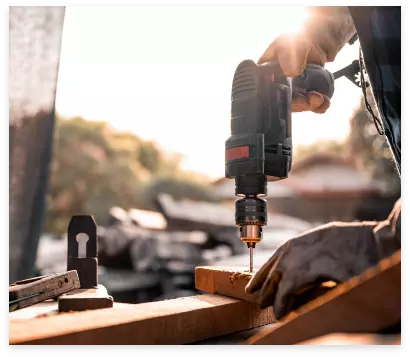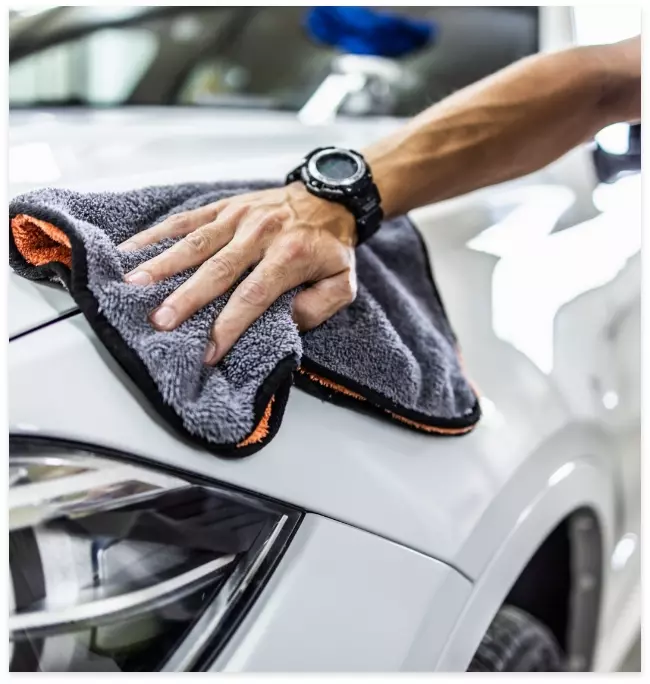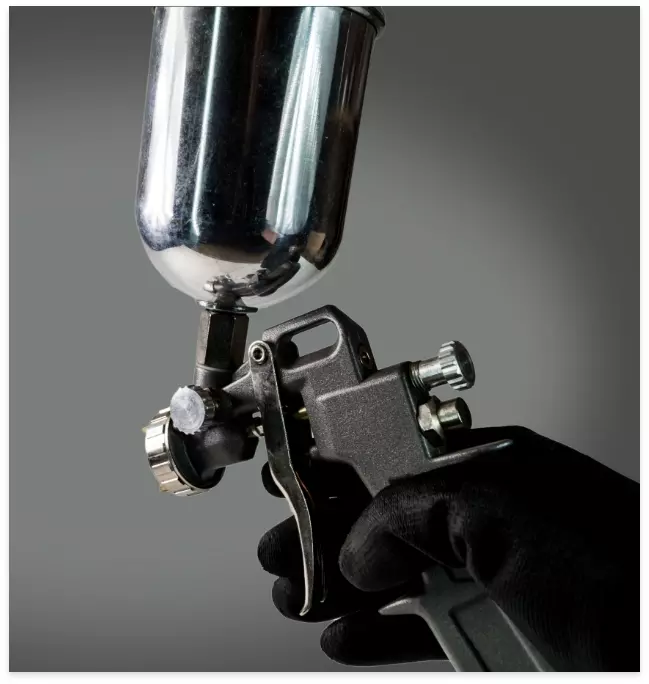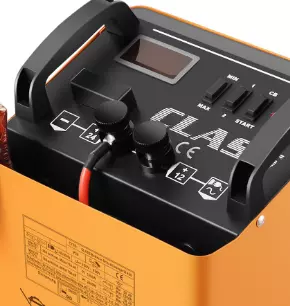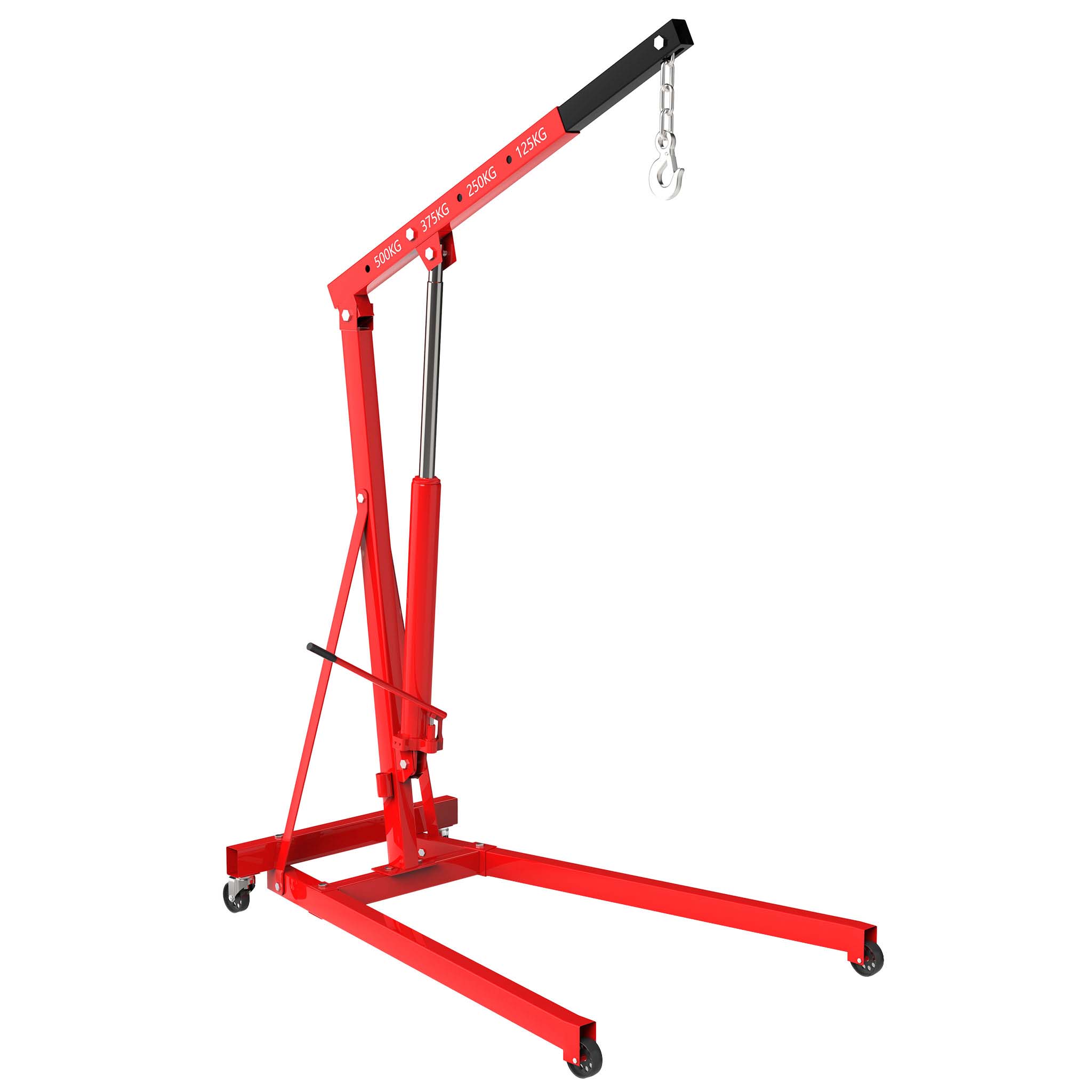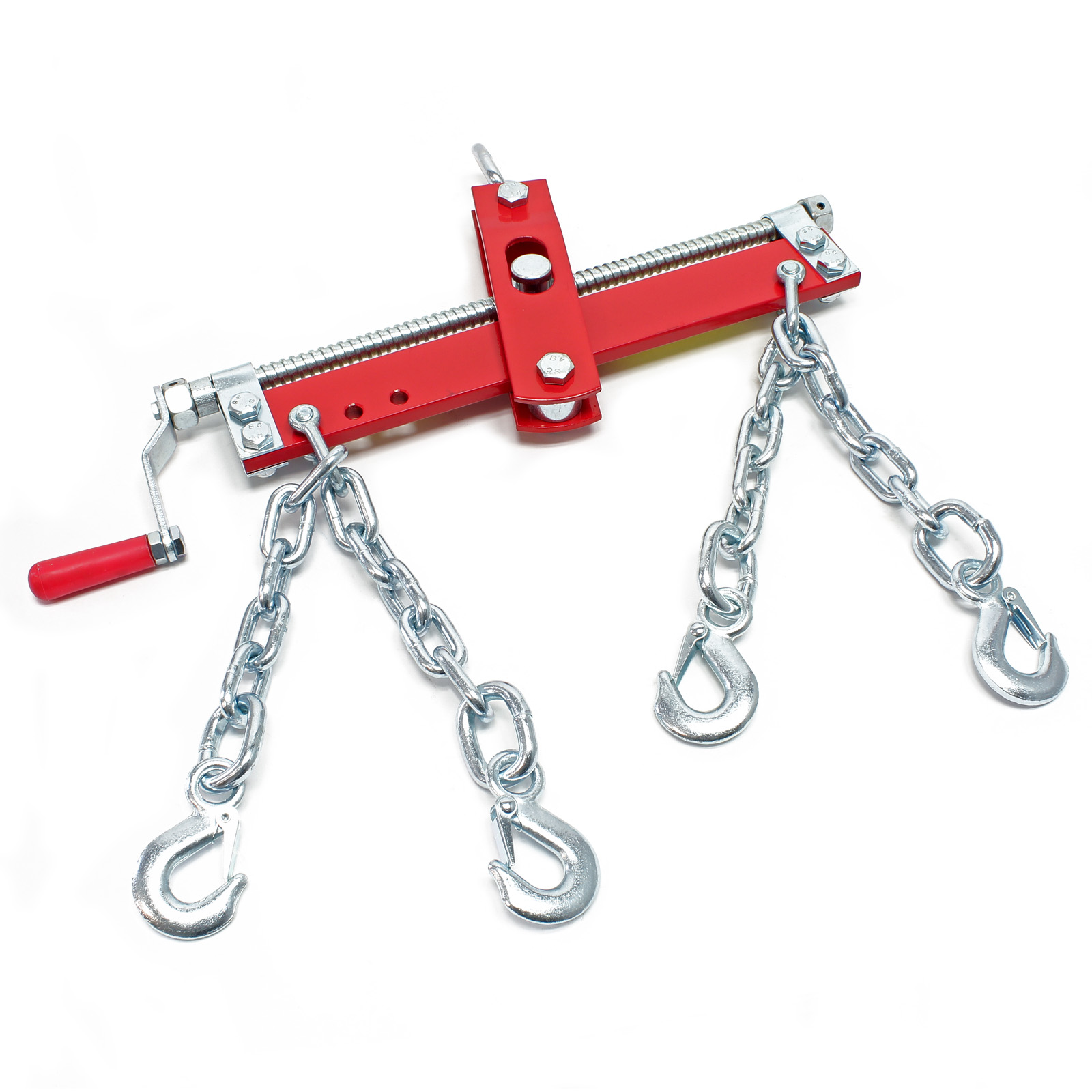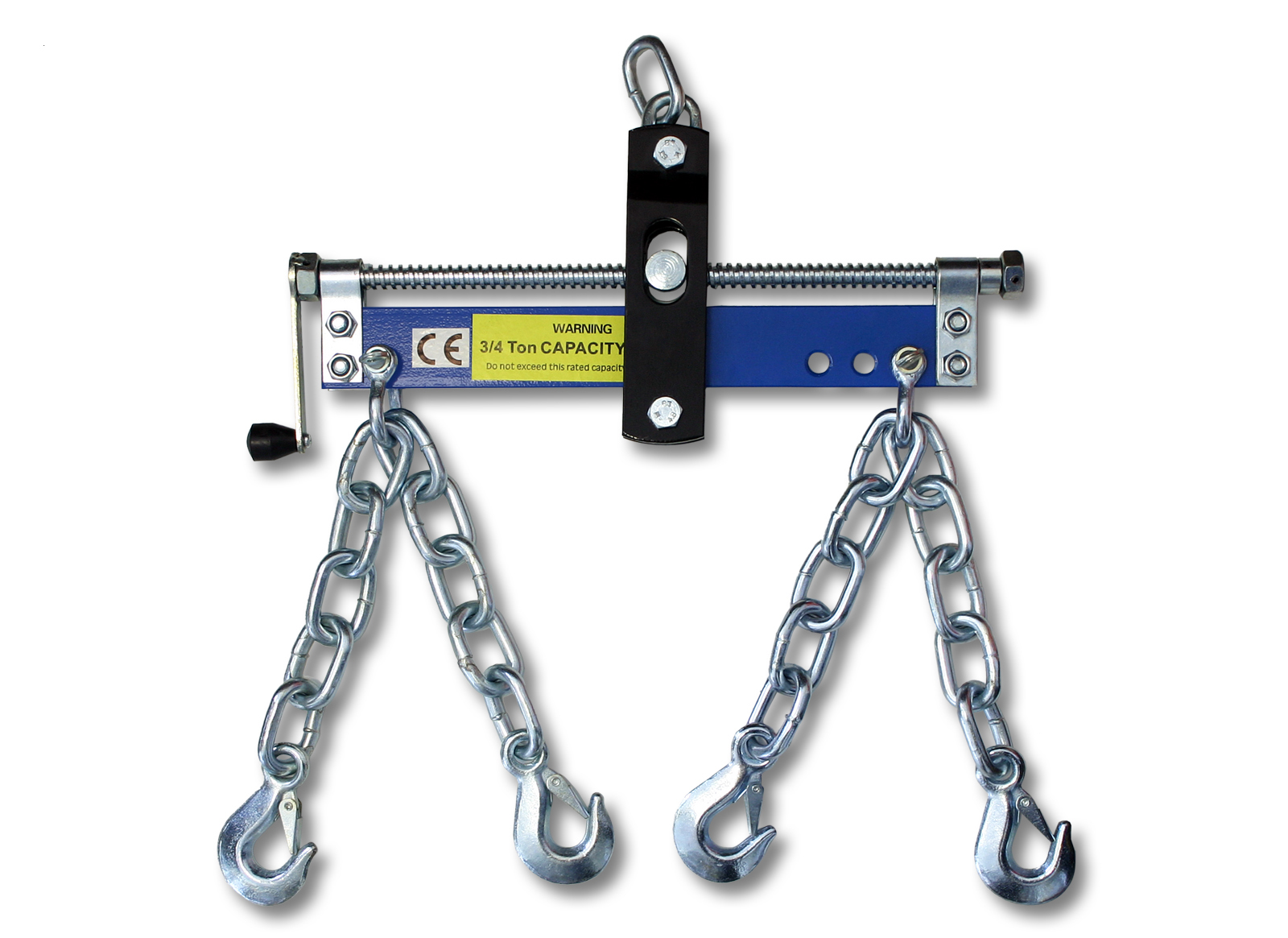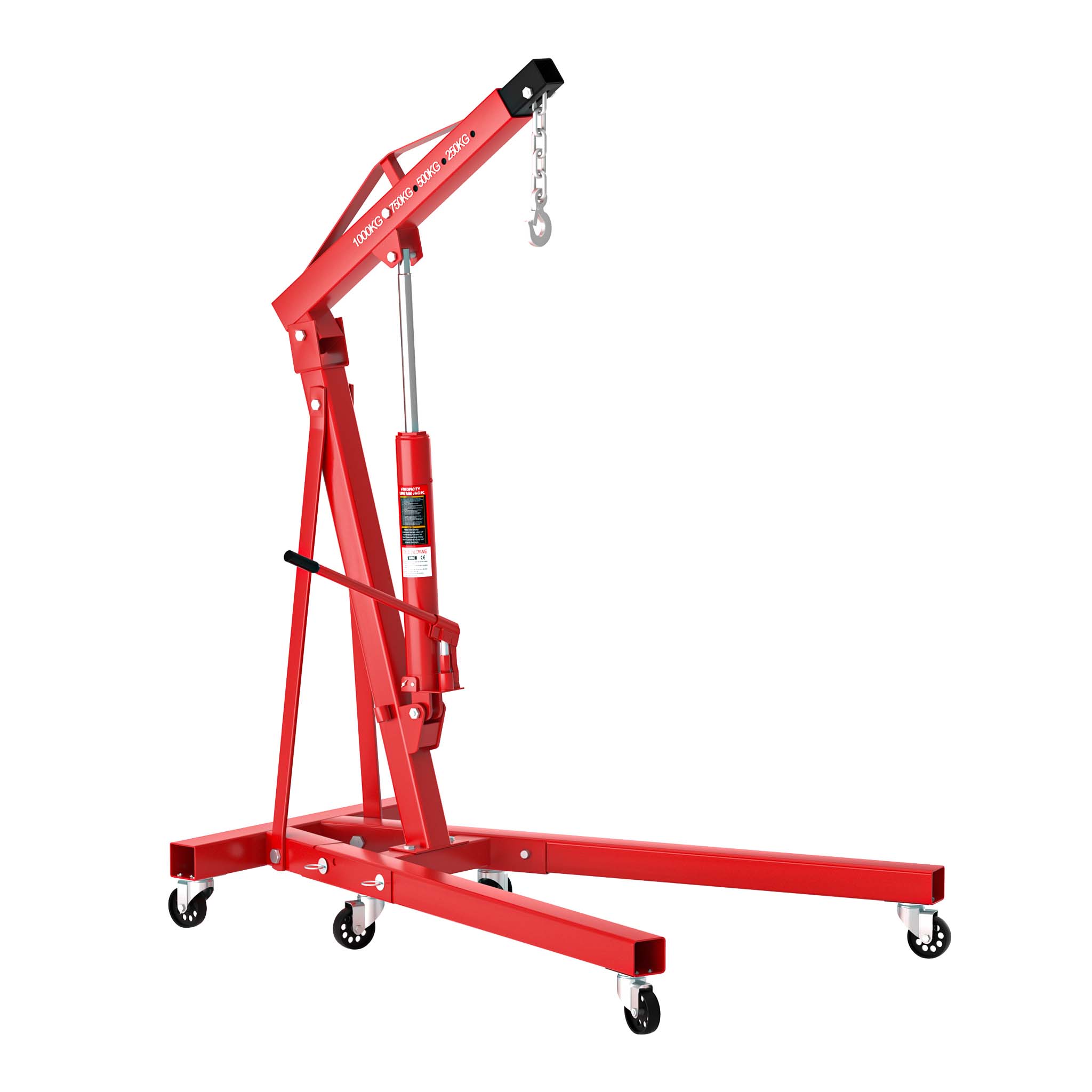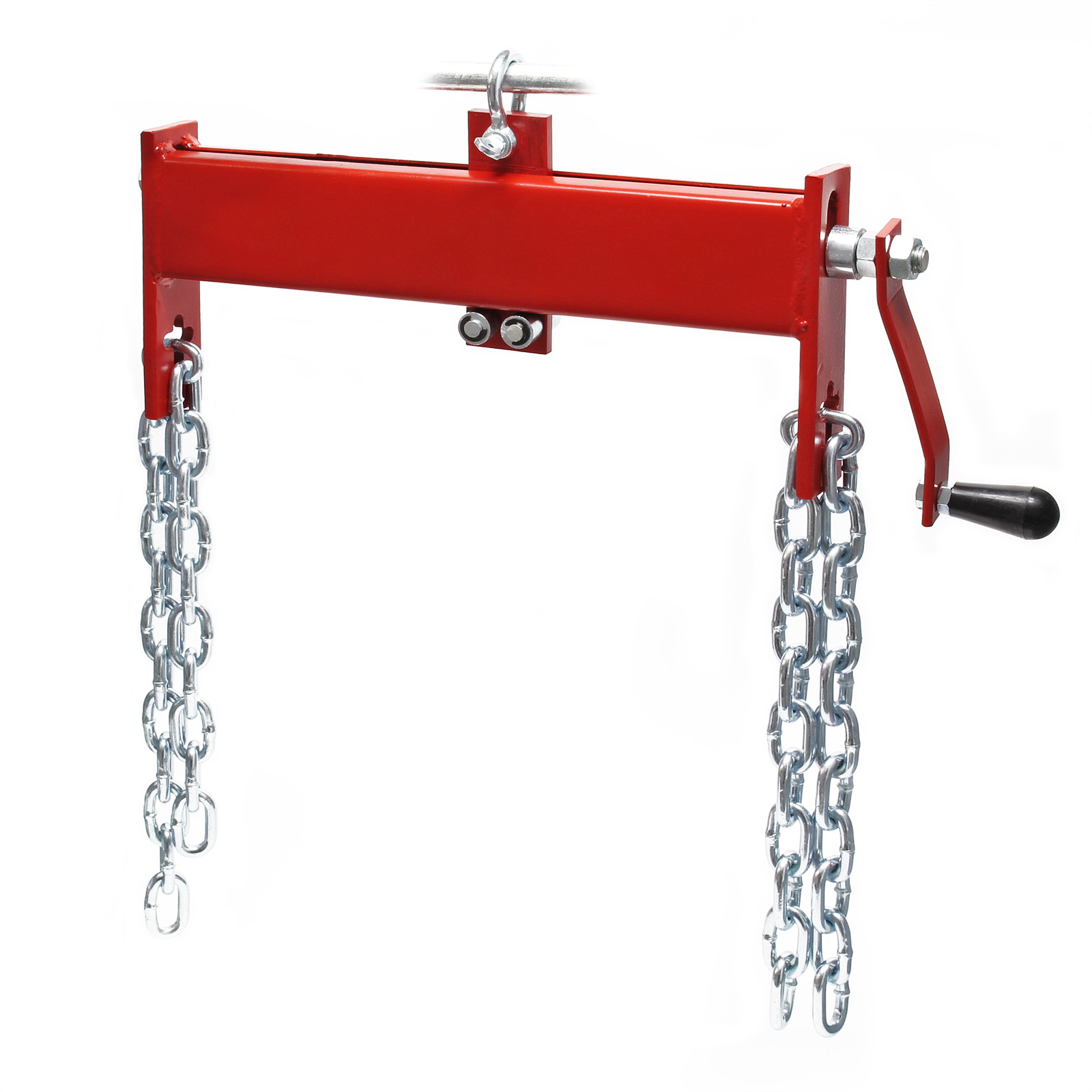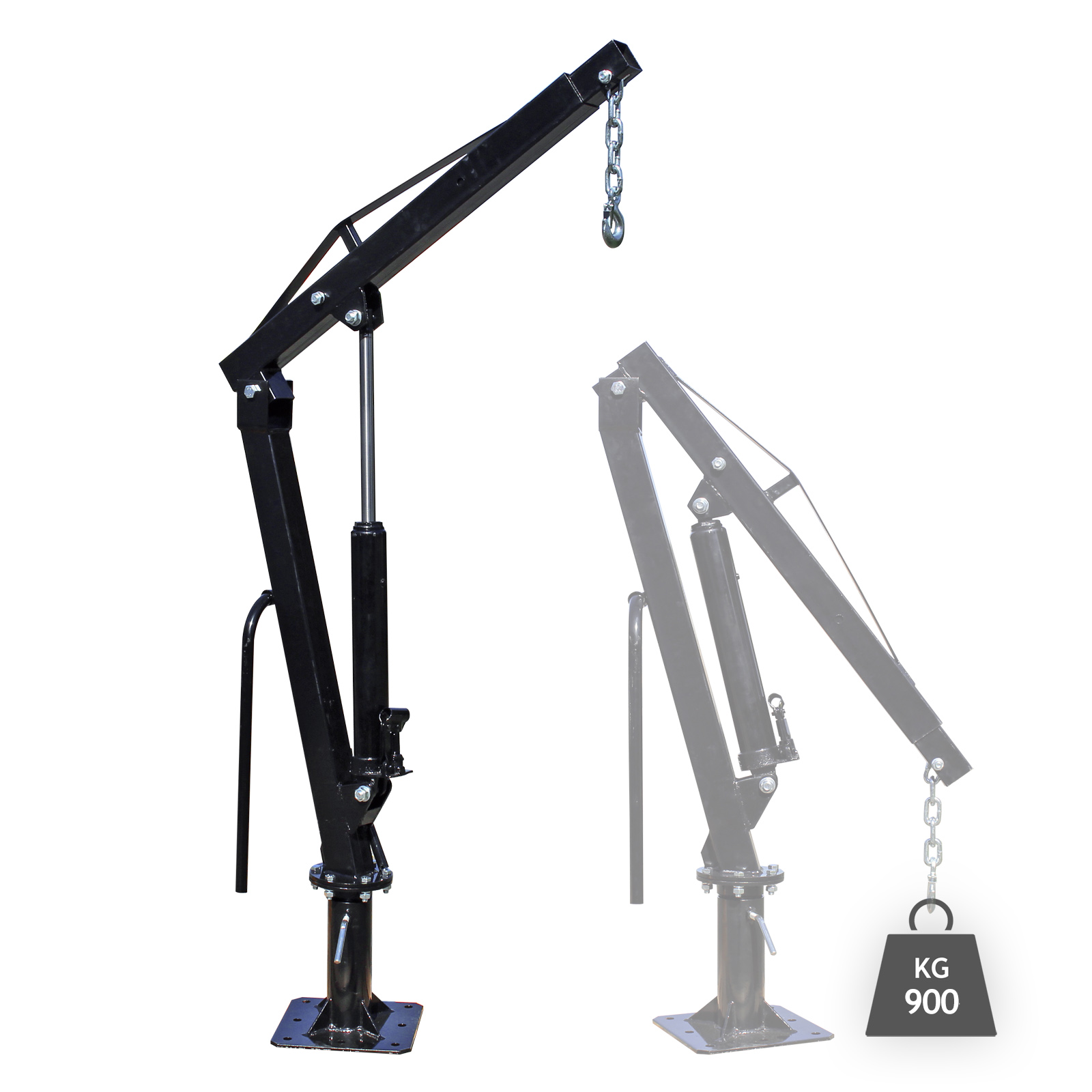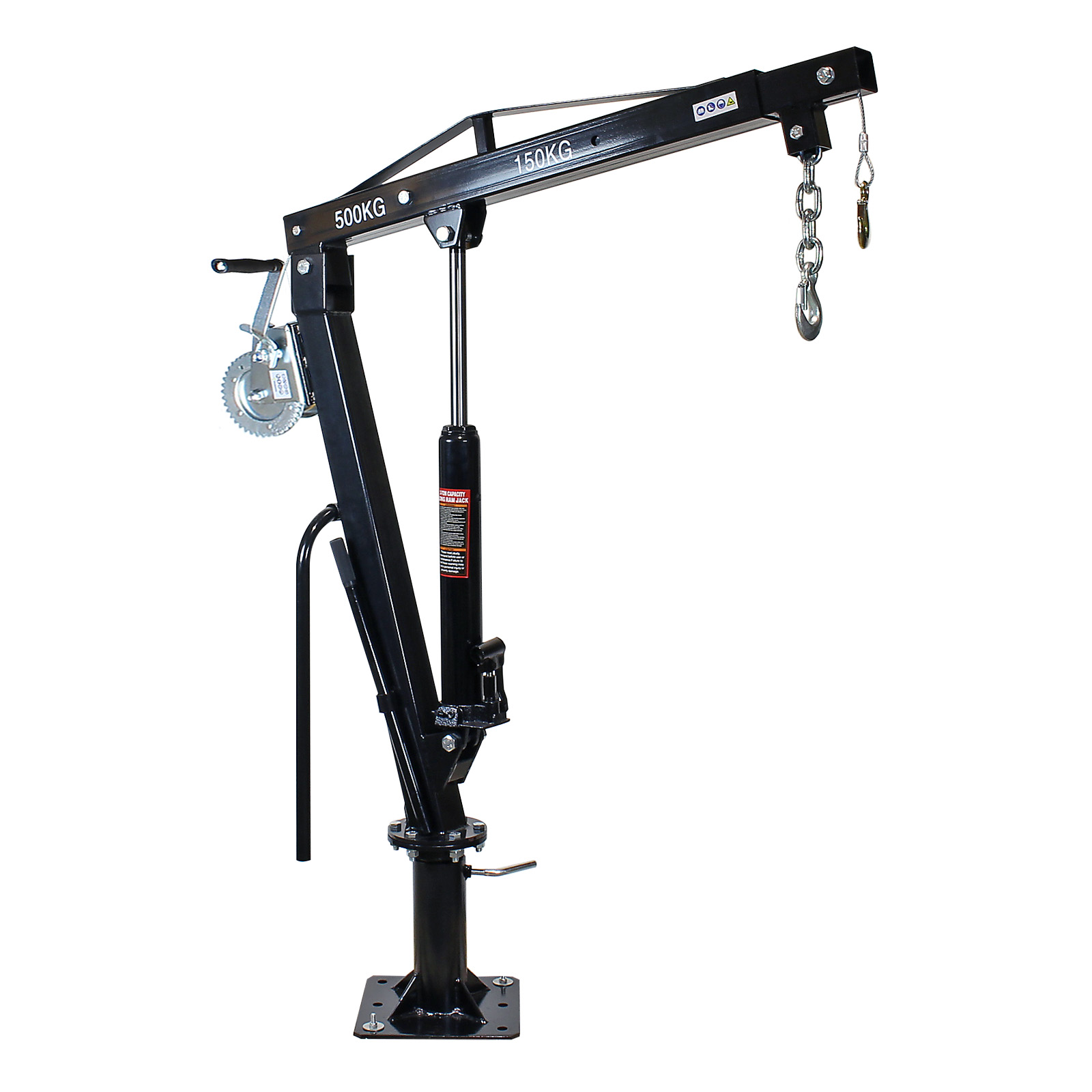Workshop Cranes
An Essential Guide to Efficient and Versatile Lifting Equipment
Workshop cranes, also known as engine cranes or engine hoists, are indispensable pieces of lifting equipment in automotive garages and workshops. They are designed to lift and maneuver heavy engines, gearboxes, or vehicle components with precision.
Whether you're working with a loading crane, an engine crane, or a pickup crane, these machines all share the crucial function of safely lifting and positioning heavy loads. Below, you'll find a comprehensive overview of the different types of workshop cranes and their uses.
What Is a Workshop Crane?
A workshop crane is a type of lifting equipment designed specifically for automotive garages and workshops. Its primary purpose is to lift and accurately move heavy components such as engines, gearboxes, and other vehicle parts. Thanks to its robust design and straightforward operation, a workshop crane provides essential support during repairs and maintenance. Many models are foldable, which allows them to be compactly stored when not in use.
Types of Workshop Cranes
1. Loading Crane
A loading crane is mounted on a vehicle's loading bed, such as a van or truck. It's used to load heavy items like engines, building materials, or tools. These cranes are compact, lightweight, and capable of handling significant loads, making them perfect for mobile applications.
2. Engine Crane
An engine crane is designed specifically for lifting and moving vehicle engines. With its adjustable arm and multiple load levels, it allows precise positioning of the engine. Engine cranes are usually mobile, featuring wheels that allow them to be easily moved and used under different vehicles.
3. Pickup Crane
The pickup crane is a specific type of loading crane designed for installation on a pickup truck's bed. It's frequently used by tradespeople and farmers to quickly and safely load heavy loads like machinery, tools, or building materials. Its compact size minimizes its impact on the vehicle's usable space.
4. Foldable Workshop Crane
Foldable workshop cranes are particularly practical when space is limited. They can be folded and stored compactly after use. Despite their foldable design, they still offer the same lifting capacity as their fixed counterparts. This makes them ideal for smaller workshops or garages.
Why Use a Workshop Crane?
1. Efficiency
Workshop cranes streamline work significantly by lifting and precisely moving heavy loads. This saves time and effort, particularly during engine repairs or replacements where accuracy and control are crucial.
2. Safety
Lifting heavy loads manually poses significant health and property risks. A workshop crane provides a safer alternative through its stable construction and various safety mechanisms.
3. Flexibility
Workshop cranes allow precise lifting and movement of various components. With their mobile designs and different configurations, they can be adapted to a wide range of tasks.
4. Cost Savings
While a workshop crane requires an initial investment, it can save costs in the long term. Improved efficiency and reduced risk minimize operational costs and prevent expensive damages.
How to Choose the Right Workshop Crane
1. Lifting Capacity
The lifting capacity is a crucial factor when selecting a workshop crane. It should always be slightly higher than the weight of the heaviest load to ensure safety. Most workshop cranes have a capacity between 500 kg and 2 tons.
2. Reach
Reach refers to the length of the crane arm and determines how far the arm extends beyond the vehicle. Choose a model with a sufficient reach to access difficult-to-reach areas.
3. Mobility
If the crane will be used in different locations within the workshop or even on the road, a model with wheels and a compact design is advantageous. Foldable models are also easier to store and transport.
4. Ease of Use
The crane should be intuitive and user-friendly. Some cranes come with hydraulic or electric lifting mechanisms, making them easier to use. Depending on the location and requirements, additional features may be worth considering.
5. Build Quality
Build quality determines the durability and reliability of the workshop crane. Models made from robust steel with a good powder coating are long-lasting and resistant to rust and other environmental factors.
When Is a Workshop Crane Needed?
A workshop crane is especially necessary when heavy components like engines, gearboxes, or large body parts need to be moved. In automotive workshops, it's indispensable for engine repairs or replacements. It is also used in the restoration of vintage cars or for loading machinery and tools into delivery vehicles.
Where Are Workshop Cranes Used?
Workshop cranes are used in car repair shops, garages, and hobby workshops. They are also popular in other fields, such as agriculture, construction, or moving. Loading cranes and pickup cranes are frequently used by tradespeople, farmers, and on construction sites where heavy loads need to be safely loaded or moved.
Conclusion
Workshop cranes are essential pieces of lifting equipment for anyone needing to lift and move heavy components safely and efficiently. With different types, including loading cranes, engine cranes, pickup cranes, and foldable workshop cranes, there is a suitable model for every application.
They improve efficiency, safety, and flexibility in workshops and are a worthwhile investment that pays off through long-term cost savings. Carefully selecting the right workshop crane based on lifting capacity, reach, and ease of use ensures smooth and safe workshop operations.


